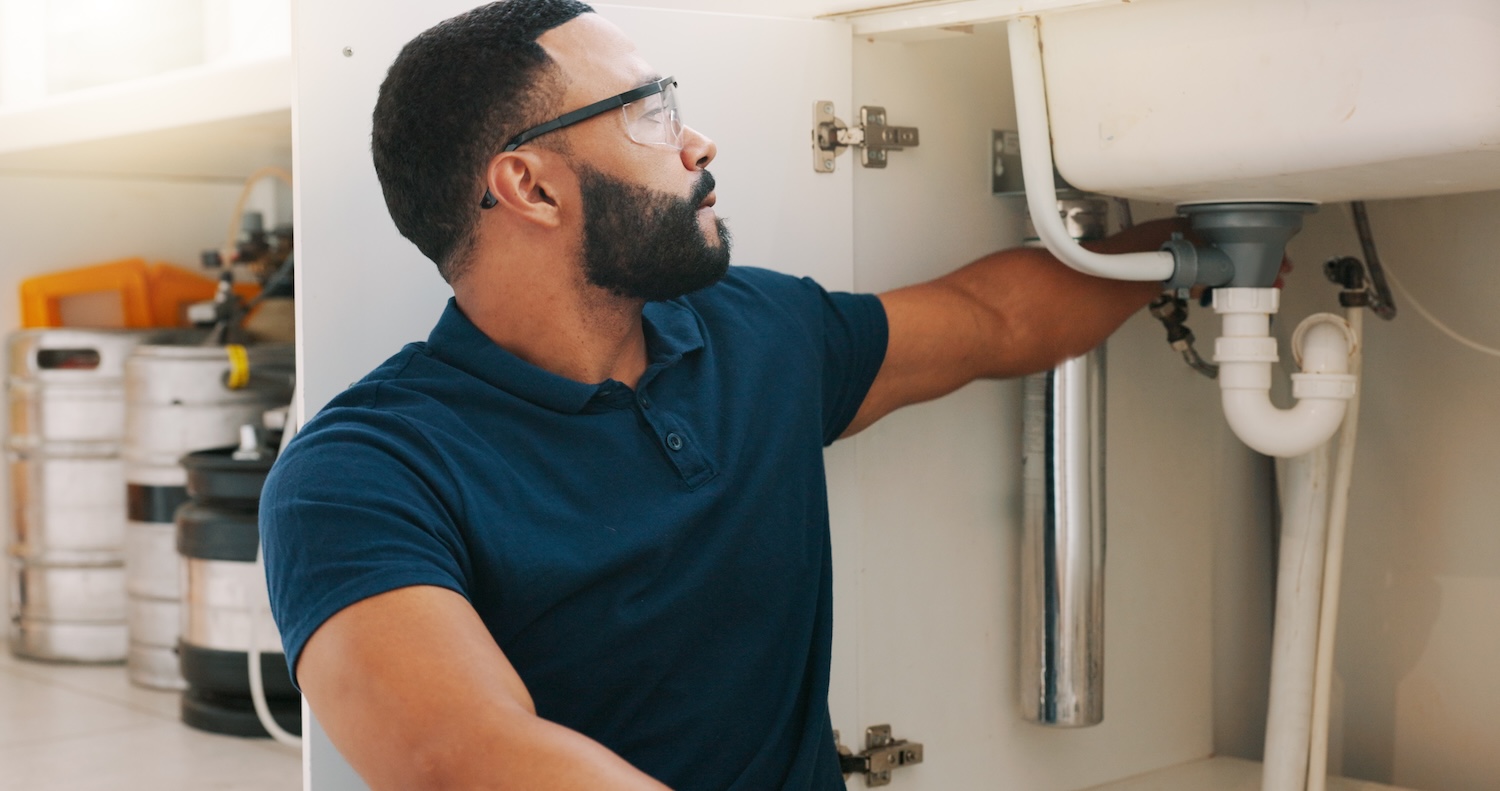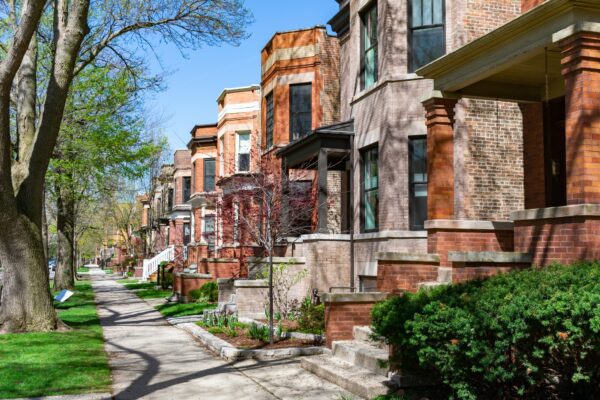The Critical Role of Preventive Maintenance in Multifamily HUD Properties
Preventive maintenance in multifamily HUD programs are essential to ensuring regulatory compliance, cost control, and tenant satisfaction. With the 2024 rollout of HUD’s National Standards for the Physical Inspection of Real Estate (NSPIRE), property managers and housing authorities must proactively maintain key systems to pass inspections and avoid costly repairs. A structured approach to preventive maintenance supports long-term operational success across affordable housing portfolios.
Why Preventive Maintenance Matters Under NSPIRE and Section 8 Requirements
HUD’s NSPIRE model prioritizes health, safety, and functionality over aesthetics. This shift makes preventive maintenance multifamily HUD strategies not only useful but necessary. Addressing issues before they impact habitability directly affects outcomes under NSPIRE inspections and aligns with Section 8 program expectations.
Key scoring categories influenced by preventive maintenance include:
- Smoke detectors: Monthly checks help ensure fire safety compliance.
- HVAC systems: Annual servicing maintains heating and ventilation standards.
- Ingress and egress: Keeping paths clear and fully lit improves safety and minimizes violation risks.
In one example, a Georgia multifamily property failed inspection due to neglected ventilation fans, leaking water heaters, and blocked emergency exits. All issues could have been resolved through seasonal inspections and systematic maintenance planning.
Financial Advantages of a Proactive Maintenance Strategy
Implementing a preventive maintenance program is financially strategic. Emergency repairs are not only more expensive but can lead to collateral damage. For instance, a $150 water heater flush can prevent a $1,200 emergency call and thousands in water damage repairs.
Preventive maintenance also contributes to higher tenant retention and satisfaction, reduced work orders, and fewer habitability-related complaints. These factors boost occupancy stability and lead to consistent HUD subsidy payments, reducing financial volatility.
In addition, knowing when to budget for asset replacement, like roofing or HVAC systems, allows for cost-effective planning outside emergency windows. This is especially critical in regions with severe seasonal weather, such as New York or Colorado.
Essential Components of a Preventive Maintenance Program
All preventive maintenance multifamily HUD policies should be standardized, documented, and enforceable across teams and properties. Key elements of a strong strategy include:
- Monthly inspections: Check for safety essentials like smoke detectors, leaks, pests, and lighting.
- Quarterly infrastructure checks: Service boilers, elevators, and circuit panels to avoid sudden failures.
- Seasonal readiness: Prepare buildings for climate changes, including HVAC and gutter inspections.
- Work order tracking: Maintain records through digital software to track frequency, issue types, and resolutions.
- Staff education: Train employees on NSPIRE scoring to reduce violations proactively.
Boosting NSPIRE Inspection Performance Through Maintenance
NSPIRE’s emphasis on ongoing compliance makes preventive maintenance your strongest defense. Regular inspections preserve core building systems and align with HUD’s inspection standards. Reducing surprise violations starts with routine care.
Preventive maintenance multifamily HUD planning helps target four high-risk areas:
- Ventilation systems: Clean and maintain fans to prevent mold and improve air quality scores.
- Smoke and CO alarms: Confirm full functionality, including battery backups, to fulfill HUD life-safety criteria.
- Trip hazards: Fix uneven pavement, remove obstructions, and improve lighting in stairwells.
- Moisture damage: Early leak detection around roofs or plumbing helps prevent expensive mold remediation.
Properties using digital maintenance tools or structured checklists consistently outperform reactive counterparts. A culture of proactive care aligns perfectly with the long-term demands of NSPIRE inspections.
Common Preventive Maintenance Mistakes to Avoid
Even well-intentioned operators fall short without a consistent protocol. Frequent mistakes that hinder both compliance and efficiency include:
- No documentation: Failing to record dates, staff names, or task details can result in audit failures.
- Neglecting HVAC maintenance: Overlooking filter and duct cleanings affects air quality and tenant health.
- Responding slowly to tenant reports: Most violations begin as small complaints. Early interventions prevent escalation.
- Lack of coordination with capital planning: Maintenance trends should inform when to replace recurring problem systems.
Mitigating these pitfalls means training field staff on HUD benchmarks, updating action plans after inspections, and working with external partners like The Inspection Group for third-party assessments and policy improvement.
Strengthen Compliance and Reduce Costs With Preventive Maintenance
A preventive maintenance multifamily HUD strategy is more than a checklist—it’s a vital component of compliance, cost savings, and tenant well-being. As HUD moves toward stricter enforcement via NSPIRE, proactive property management is essential for maintaining funding and minimizing regulatory risk.
From NSPIRE readiness audits to customized staff training, The Inspection Group supports operators of all sizes in implementing comprehensive preventive maintenance programs. Whether managing a Section 8 duplex or a mid-rise affordable housing complex, our team helps protect your assets and prepare your portfolio for inspection success.
Contact The Inspection Group today to schedule a property assessment, enroll your team in NSPIRE education, or receive expert guidance on designing a compliant preventive maintenance program.





